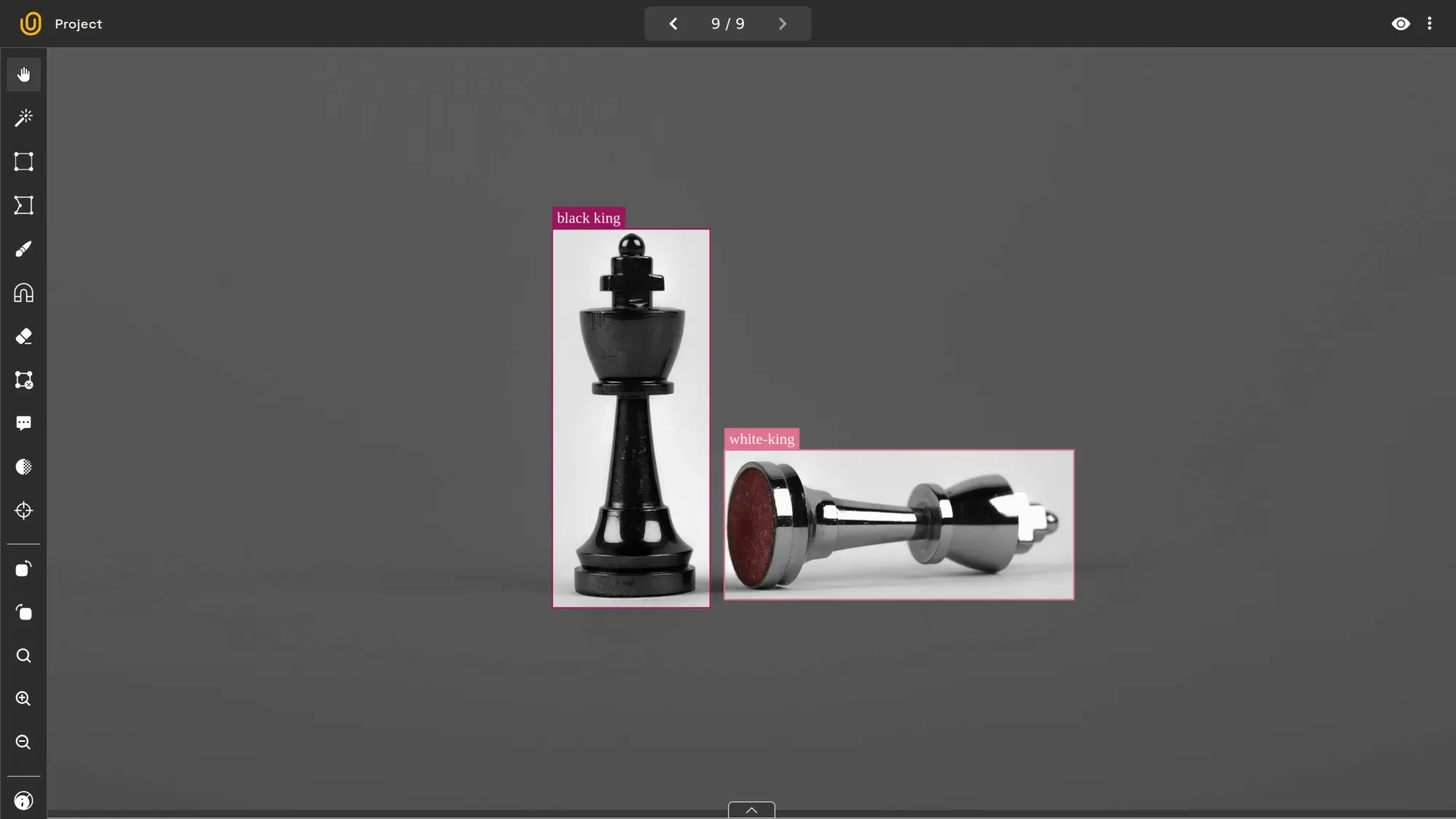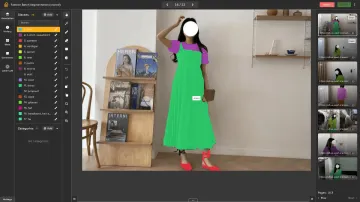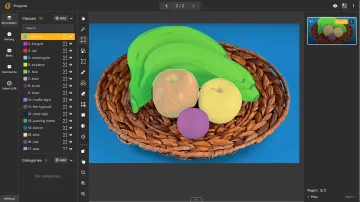In any process, the quality of output depends on the quality of the input, known as Garbage In, Garbage Out. For your computer vision projects, data annotation plays a central role in the process. Data annotation is the process of marking data so that our data is recognizable to machines, usually through computer vision.
The importance of clean, structured labeled images cannot be stressed enough. To create and train AI/ML models related to computer vision tasks, data scientists and machine learning engineers need clean and labeled images. In this way, these models can accurately predict, recognize, and classify repetitive patterns in the image.
In order to improve the accuracy and efficiency of your image annotation workflows, we have come up with 7 general, yet practical tips that we use every day in our projects. Obviously, the nature of the task at hand requires specific procedures and methods, but these tips are generally effective at most computer vision tasks.
You can use various image annotation types depending on your project. In this post, we are going to illustrate the tips with the bounding box type. By the end of this post, you will have 7 concrete tips that you can start using today to improve accuracy of your models, while speeding up your image annotation process by a large extent.
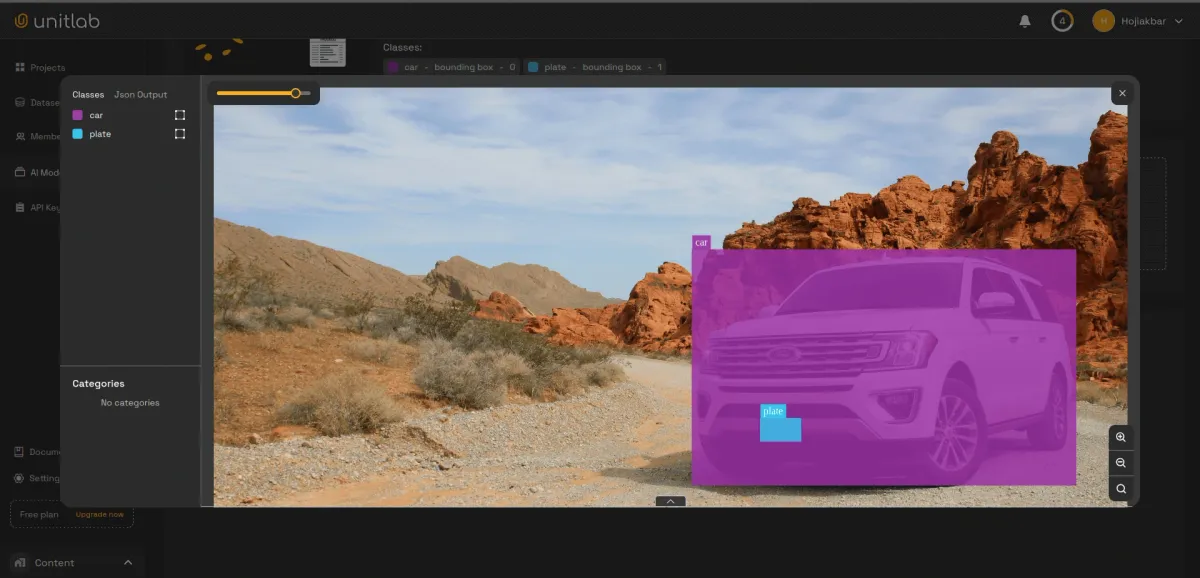
Image Annotation Types | Unitlab Annotate
1. Label objects in their entirety
The most basic tip for image annotation is to label objects in their entirety, i.e. wholly. While training your AI/ML model, it cannot differentiate the whole object from its partial version if the labeling is not done right. Failure to label the whole object can confuse our model as it cannot learn repetitive patterns.
With that said, what if only a part of the object in our interest is visible?
2. Label occluded objects
What is an occluded object? Sometimes, objects in an image is partially blocked or kept out of view. In this case, it is a common mistake to draw bounding boxes only on the visible part of the object, i.e. vehicle in our instance. It is best to label the occluded object as if it were in full-view. It is possible for objects to overlap if we draw bounding boxes in this way, which is okay.
Including occluded objects while annotating | Unitlab Annotate
3. Label every object of interest in the image
AI/ML models need clear, fully annotated data to find repetitive patterns. For example, if you are building a model that detects vehicles in the street, it is proper to label every vehicle instance. Leaving out some vehicle instances likely introduce false negatives, i.e. some vehicles are missed even though they are present. In our image below, it is best to label every car.
In different scenarios, it might be labelling every bus, bike, and car in the street to have a thorough dataset.
Labeling every occurrence of the instance | Unitlab Annotate
4. Use tight bounding boxes
Annotating images is marking each pixel to an object of interest. Therefore, it is best to keep bounding boxes (or image annotation type of your choice) precise. Too louse bounding boxes include additional pixels that will likely confuse the model, resulting in false positives and negatives. However, too tight bounding boxes can make the model too specific and inflexible.
A rule of thumb is to draw tight boxes around objects of interest precisely to ensure that our AI/ML model only receives relevant pixels from our annotated images.
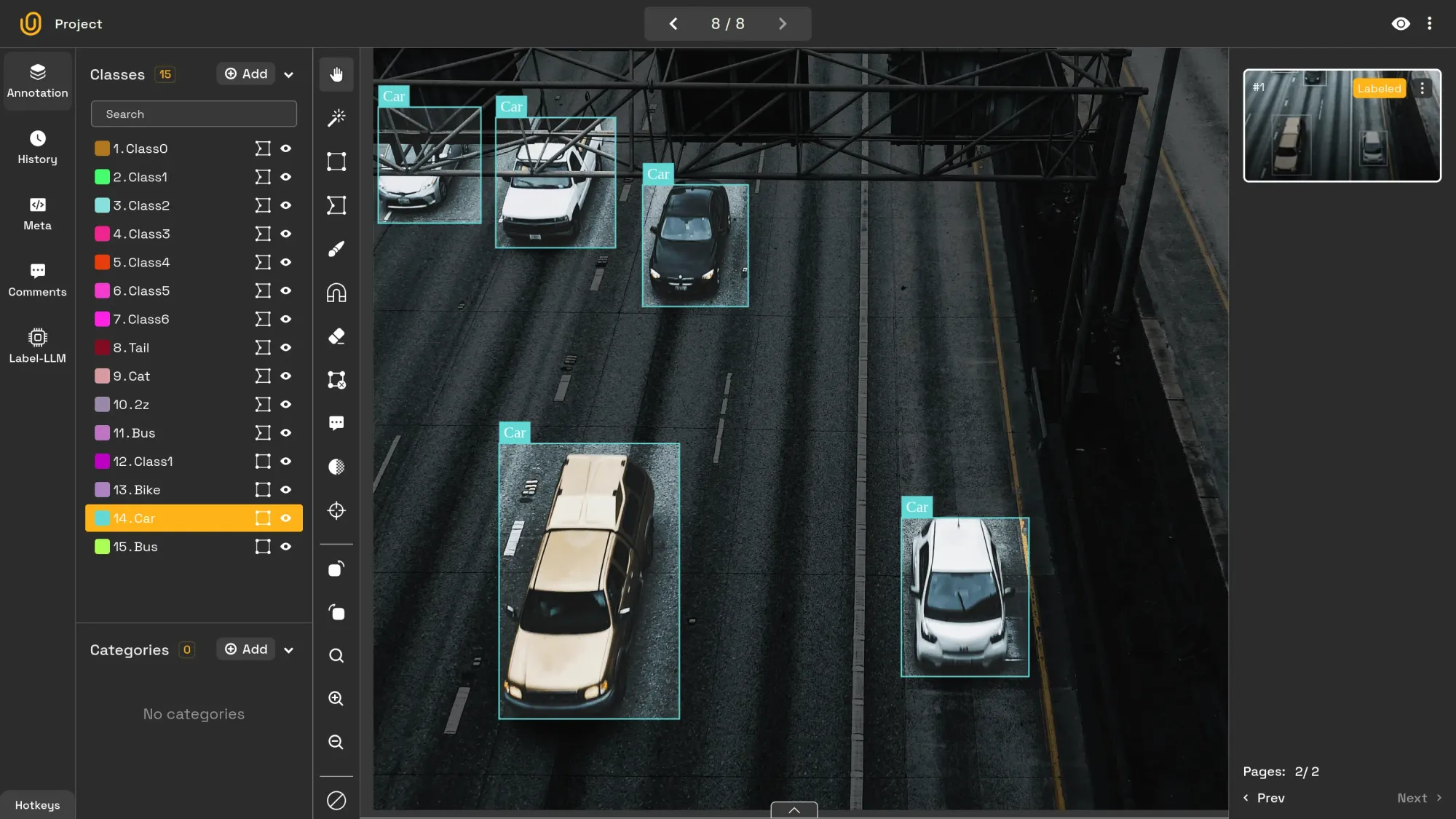
5. Use specific, meaningful class names
When it comes image labeling, it is better to be on the safe side and use specific and meaningful class names. Vehicle is better than Class1 as a class name, but Car, Bus, Bike are much better than Vehicle. You may build a vehicle detection system with just the Vehicle class, but if you want to classify them, you may have to relabel your entire dataset.
By using specific class names, you label and classify objects in the image at the same time, which also makes your dataset flexible for future possible scenarios.
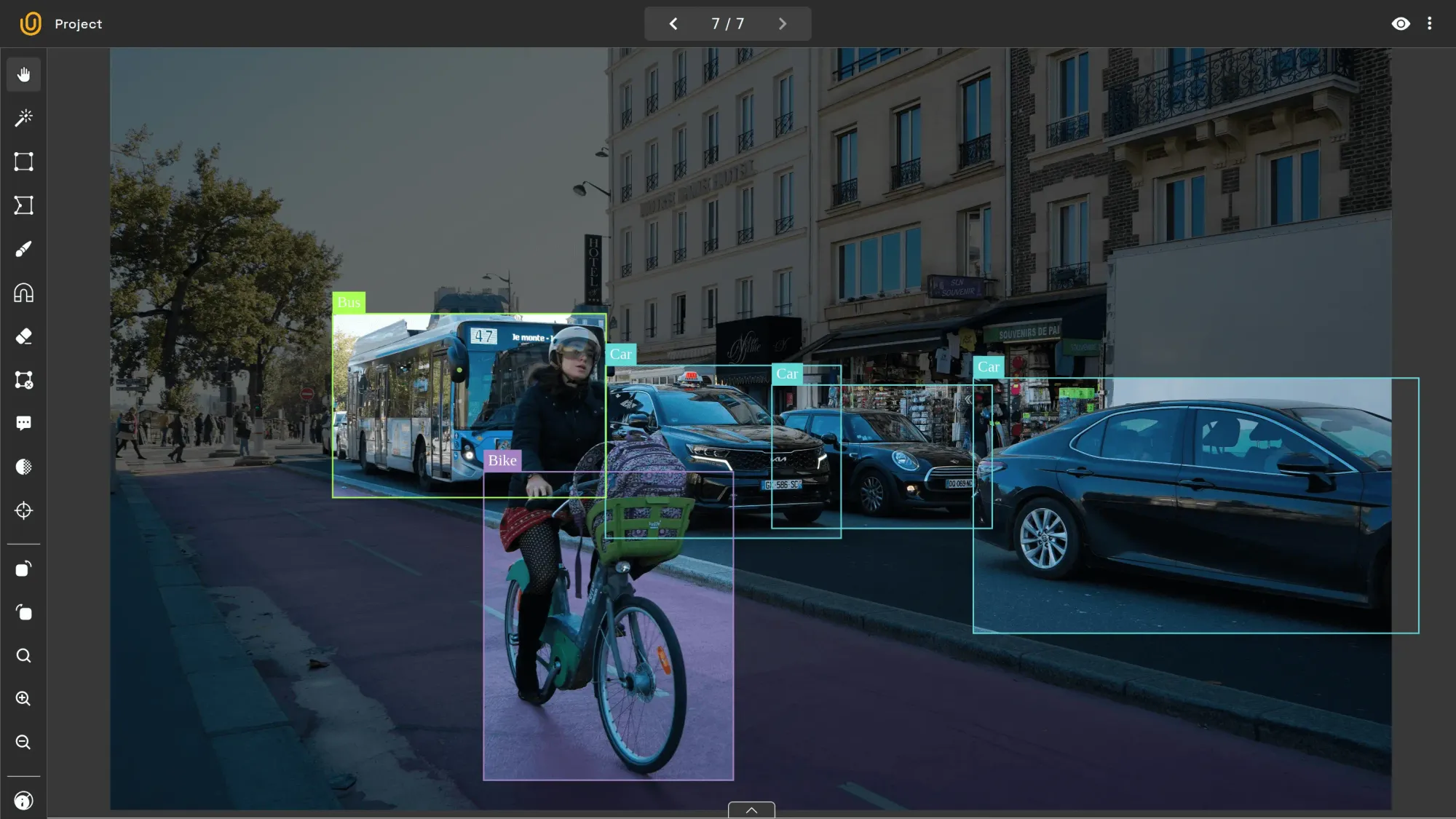
6. Maintain consistent labeling
As we train our models, we need more labeled data. This ensures we can improve our models. in the future. As we feed more data, we need high-quality, consistent datasets, which maintains the efficiency of our models. Data annotators should know exact requirements and nature of our task, so that they can annotate images in a consistent manner.
7. Try Unitlab
Unitlab Annotate, a data annotation platform, has many accurate, built-in AI models to automate the image annotation workflows. If you desire a custom AI model, you can integrate it with Unitlab as well. Additionally, this platform has numerous image annotation tools that cater to differing requirements and use cases. One particular feature that comes especially handy is the batch auto-annotation, an auto-image annotator.
Fashion Batch Auto-annotation | Unitlab Annotate
Using an AI model to annotate your images can save time by 15x and cut costs by 5x, compared to traditional image labelling.
Conclusion
For accurate, efficient AI/ML models, we need accurate, high-quality datasets since the quality of our inputs determine the quality of outputs in building accurate AI/ML models. These 7 best practices will help to make your image annotation workflows more efficient and accurate. Nowadays, a new trend is emerging: using AI to automate data annotation. It can be the most productive advice for image labeling.

